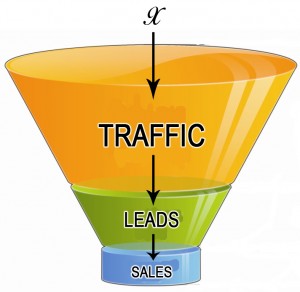If you’re new to blogging it can be a little daunting. There’s a lot of confusion around the subject and to be honest the hardest part is actually just getting over the mark and getting your first article published.
Why blog at all?
It’s a good question and one that I’m most asked about by people who are asked to create content within an organisation. In reality it’s likely that if you’ve been asked to write articles you’re probably not going to see a direct return for your efforts. One thing that I can almost guarantee is that the return won’t be immediate.
Reasons for…
Your company are paying you to
- Build your reputation to a wide audience of your expertise
- It will likely help you get jobs in the future
- Learn more about a subject you’re hopefully passionate about
It will help your company/employer
- Find new customers and beat off the competition..
- ..Position your organisation as one that values being good at what they do
- Realise how much you really know
Reasons against…
I really can’t see any. While getting your first article out could take a while and finding your groove could take a little longer, it gets easier.
This article will take me 30 minutes to write and I’m doing it while waiting for a bus to take me on holiday.
What to blog about
If you’re writing content for a business you need to be talking to your customers.
To find new customers: Write about the most basic questions people in your market ask before buying
So many people get this wrong. They write complicated articles, filled deep with jargon only your those with significant experience in your field would understand.
For this reason many of the most basic questions go unanswered. One of my most popular articles is ‘How to cold call’. Clearly not an advanced selling article it hits home with those that are just entering the market, my market of potential customers.
To build reputation and repeat business: Answer questions that you get asked by existing customers every day
Again here, start with the basics. People are coming to you because you’re an expert in your field. They want to rely on you for the difficult to understand situations but you can help facilitate them by giving them a good baseline of information they need to survive.
How to structure your article
Once you’ve decided on a high level topic, try and establish some key headings that break your topic into bite sized pieces. When I started this article, I first came up with the topic/title. Then decided on the high level points I needed to convey.
The classic anecdote here is that a stranger in a coffee shop should be able to ‘get’ what your article is about and what it means.
If possible add images, illustrations and/or videos to help the reader understand what your article is about.
Article title
This one is actually quite important.
If you want people to find your content you need to make sure that your article has a good title.
I’ll give an example…
If you’re writing an article about say why one project management method is better than another think about what people might search for.
e.g. Method 1 vs Method 2
Then elaborate on it. e.g. Method 1 vs Method 2, why your project will fail if you don’t know both
Research
Undoubtably others have trodden the same ground before. See if you can find similar articles. Look at their titles and take ideas from them that you can build on. Don’t forget that you can always reference their post and link back to it as a thank you (The blogging equivalent of a wave hello!)
Sanity checking
Before you publish, send your article to a colleague or a friend that doesn’t work in your area. Ask them if there’s anything that’s confusing or doesn’t make sense.
That’s all for now. Good luck with your first article!




 When to use a landing page app builder
When to use a landing page app builder
 Follow me on Twitter
Follow me on Twitter